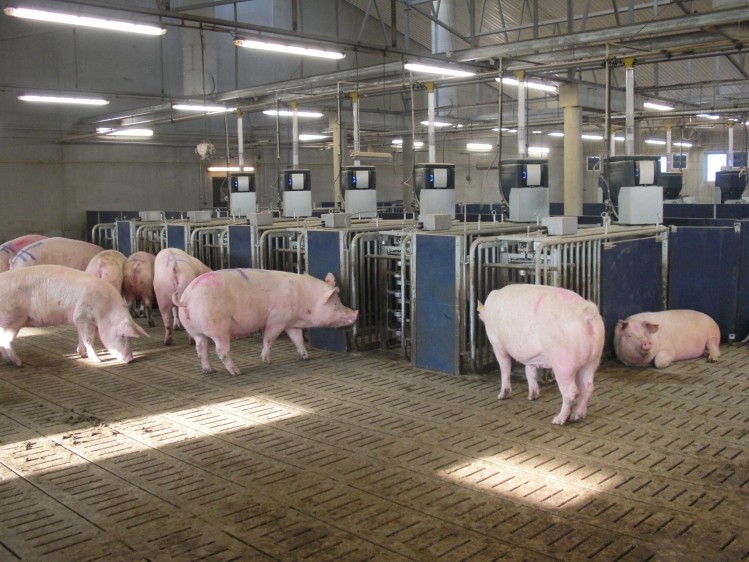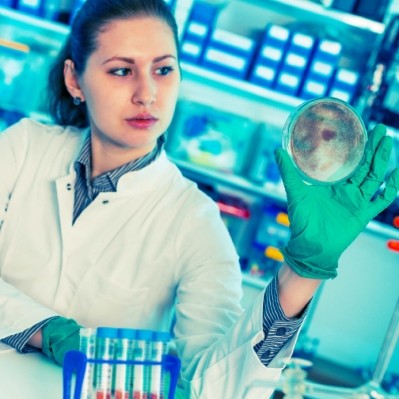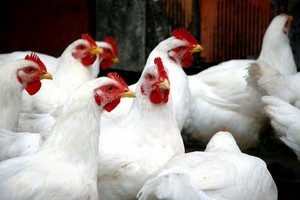Special Edition: Feed Processing Technology
Mathematical models may support cheaper swine feed with no drop in production

A team of researchers from Brazil and France explored the use of a feed modeling system to reduce amounts of crude protein in the diet of grower-finisher pigs. The team published its work in the journal of Livestock Science.
“This study was thus undertaken to evaluate if a feeding strategy of growing-finishing pigs based on the modelling of nutrient requirements according to a target of performance could achieve at least similar growth performance, carcass traits and meat quality as a strategy based on standard recommendations with rather large safety margins, whilst reducing the environmental impacts evaluated by life cycle assessment,” said the researchers
The researchers found that there were minimal differences in performance between the standard and low-protein diet. Carcass characteristic and meat quality also remained unaltered by the diet change, but feed cost was reduced.
“The use of adjusted dietary levels of nutrients instead of standard average recommendations, as commonly used in Brazil, appears an efficient strategy to improve economic and environmental sustainability of pig production,” said the researchers. “This is now possible with the use of decision support tools such as InraPorc and NRC (2012). However, to be implemented with success, this requires a precise characterization of animals’ profiles in terms of feed intake and growth potential, based on measurements in practical conditions.”
Why use modeling for feed formulation?
It is increasingly important to optimize nutrients in pig diets to improve sustainability and reduce both nutrient excretion and feed costs, said the researchers.
Previous studies have suggested that nutrient efficiency may be improved if feeds are adjusted to pig requirements based on improved understanding of the “metabolic availability of dietary nutrient and a proper definition of requirements” along with the use of phytase and digestible ingredients, they said.
However, diets are often formulated using empirical methods and average nutrient recommendations, they said. In Brazil, nutritional recommendations were established based on animal response to increasing nutrient levels in growth performance studies – but feed intake and daily weight gain can be altered based on factors including climate, animal health and genetic potential.
Previous work also has indicated that the amount of digestible lysine needed for optimal feed conversion ratio may be lower than what is needed for maximum average daily weight gain, they said.
The mathematical program may be more efficient in establishing a nutrient requirement estimation, the researchers said. And adding phytase to a feed can improve phosphorus use while limiting excretion.
It is increasingly of interest to limit the amount of some nutrients excreted by pigs as countries start applying environmental restrictions, they said.
Limiting the expulsion of extra nutrients and use of non-renewable resources may be important aspects of improving the sustainability in pig production, they said. But nutrient requirements are still not calculated using mathematic models in some countries, including Brazil, because offering excess nutrition guarantees there are no underfed pigs.
Modeling rather than use of tabulated recommendations may offer a better approach to establish the necessary nutrients in a pig diet, they said. One such tool is the INraPorc software.
The InraPorc Software was released for use in the feeding trial by the Institut National de la Recherche Agronomique in France, they said.
Study details
During the feeding trial, 80 pigs were split into two groups with one receiving a diet formulated using standard recommendations (ST) while the other a diet (LN) was generated using feed design software to “minimize crude protein, amino acid and phosphorus excess,” the researchers said. Phytase enzyme also was added to the LN diet.
Diets were adjusted to correspond with different growth phases and were fed for a period of 112 days, they said. LN diets were generated using animal profiles and were based on crude protein (CP), standardized ileal digestible (SID) amino acids (AA) and digestible phosphorus requirements – both diets had the same metabolizable energy (ME).
Animal were weighed on days 0, 43, 63 and 91, backfat and loin muscle depth were measured and feed intake was recorded overall, they said. Average daily gain (ADG), average daily feed intake (ADFI) and the feed conversion ratio (FCR) were calculated.
Pigs were harvested at the end of the feeding trial and carcass quality was accessed and recorded, they said.
Average feed cost also was established, said the researchers. A farm-to-gate life cycle assessment (LCA) was done examining stages from crop production and manure storage through pig fattening.
Results
No performance differences were found for pigs on either diet, said the researchers. Average daily gain and average daily feed intake were similar, as were carcass characteristics and quality.
“It is possible to reduce the dietary CP without affecting growth performance and carcass composition as soon as daily SID AA supplies are adequate,” they said. “However, this requires precise determination of the requirements over time and according to animal performance, which is possible with the use of decision support tools.”
The cost of the LN diet was about 6.8% lower than the standard diet, they said.
“Data suggest that nutritional adjustment is a valuable alternative to standard formulations, without affecting performance, but lowering costs and reducing environmental burdens,” they said.
Retention of nitrogen and phosphorus was similar in both sets of pigs, but intake dropped for animals on the experimental diet and nitrogen and phosphorus excretion was reduced by 24.1% and 14.6%, respectively, said the researchers.
A life cycle assessment of the feed design method found that the strategy could limit environmental influence and terrestrial eco-toxicity by about 4%, land occupation by 9% and acidification and eutrophication by 8% and 10%, respectively, they said.
Source: Livestock Science
Title: The impact of feeding growing-finishing pigs with reduced dietary protein levels on performance, carcass traits, meat quality and environmental impacts
DOI: 10.1016/j.livsci.2017.02.014
Authors: A. Monteiro, T. Bertol, P.de Oliveira, J.-Y. Dourmad, A. Coldebella, A. Kessler













